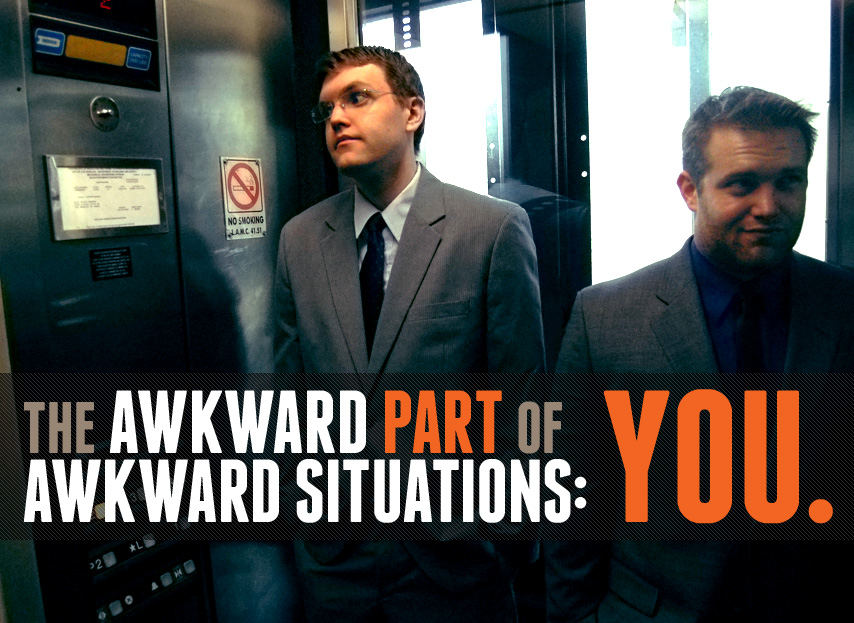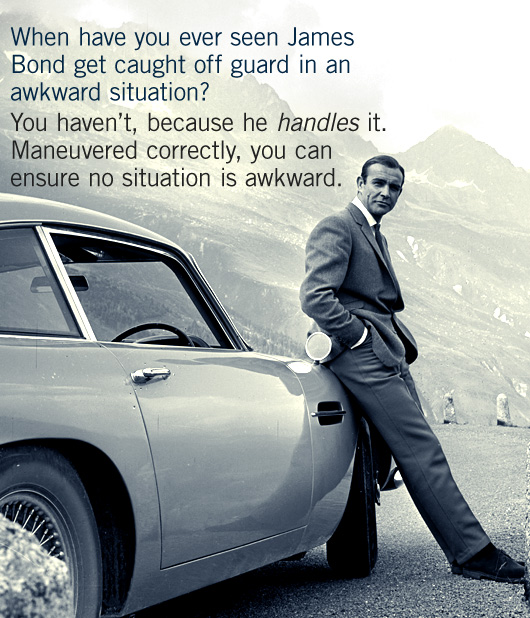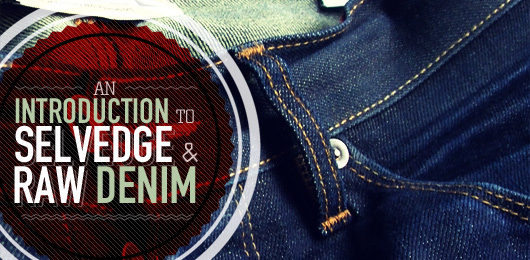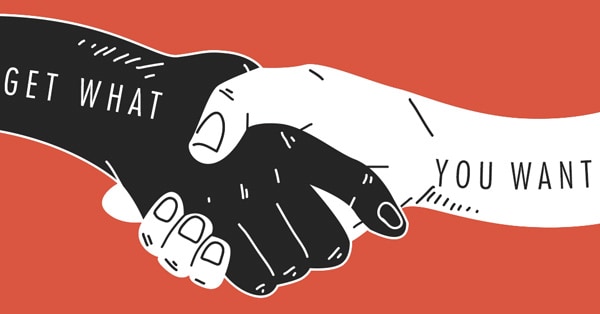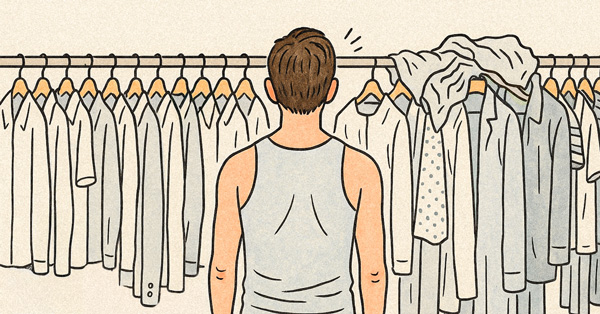The term “awkward” has been overused. It’s bruised, battered, and distorted to become an adjective for any situation that isn’t ideal.
No, standing in line to prepay for gas isn’t awkward, so don’t buy into that Facebook status or tweet about it. If the man in front of you in line was wearing leopard-print yoga pants with a fishnet tank top and started talking at you about his love life, however, that would be awkward.
Or perhaps more realistically, someone in line says hello to you and you can’t remember their name to introduce them to your girlfriend.
Social interactions are rife with so-called awkward situations. The problem is that there is no sweeping landslide of an opinion to designate awkwardness. The entire restaurant isn’t going to collectively gasp if your date is quiet for 20 seconds.
What this means is what’s awkward to you may not be awkward to the person with whom you’re interacting. Or anyone in the room. Or anyone who hears about the story — or even brings up the situation hypothetically.
It might take a moment to fully digest this, but, for the sake of science, let’s step back and observe our own mannerisms.
Pay attention to yourself the next time you’re in a situation that could take a turn for the awkward. Not so much that you’re not focused on the topic of conversation or events unfolding around you, but enough to silently — and inconspicuously — imagine how the other person sees you.
If the conversation dies quickly with the last thing you say, you’re most likely making the situation awkward by closing the other person to any response. If you stare at the person you’re speaking with wide-eyed, unblinking, and breathing heavily, you’re probably making it awkward. The latter example is mostly a how-to in terms of removing all comfort from a conversation, but the lesson is there: Think about what you’re doing. If all your interactions are legitimately awkward to you, it probably isn’t the rest of the world that has the problem here.
Normalcy, Or Something Like That
What’s normal in an interaction? Or a situation, for that matter? The truth is, there’s nothing stopping that leopard-print yoga-pants-wearing, fishnet-tank-top sporting guy from getting ahead of you in line or in the same elevator. Think about that.
To this guy, who is most likely still wearing his sunglasses, this is normal. Talking about his love life to a complete stranger is normal — maybe he just wants to befriend you.
“Awkward,” for him, is light-years ahead of any experience most of us have ever had. It’s both somewhat egocentric and plain presumptuous to assume everyone shares the same threshold of comfort (and therefore awkwardness) we do.
The next time something seems awkward, observe what’s happening. If you’re shifting in your seat, rubbing your sweaty palms on your knees, and avoiding eye contact while the other person is sitting and seems content, he or she probably is.
If you’re beyond revising your definition of what an awkward situation is, try your best to at least understand where other people are coming from. Awkwardness isn’t tied to eternity. The elevator ride doesn’t last forever. You’ll get to the front of the line eventually. The dinner finishes at one point.
It’s (About) Getting Better All the Time
Like any skill, we can gradually become nearly peerless when it comes to avoiding the awkward situation.
It comes down to experience. There is no silver bullet to slay awkwardness and exorcise discomfort.
Practice. Learn how to handle any situation by, well, finding yourself in those situations and understanding ways to get out of it. Considering most awkward situations distill into uncomfortable silence, if you’ve been through it once, you’ve been through them all.
Ever notice how suave characters never find themselves at a loss for words? It’s a catch-all technique that’s almost bulletproof.
Think of an interaction as a tree. It’s abstract, yes, but imagine a greeting or the start of a conversation as the roots. There are, inherently, many different ways an interaction can start, just as there are numerous roots that build up to and nourish the tree. Once the root of the conversation-tree is established, the main topic is established: the trunk. From that trunk, there are countless branches, twigs off those branches, small leaves and fruit. Depending on your objective, you may find yourself desperate to reach the end of the lowest branch (flashback to leopard-print yoga pants guy) or you may be carefully climbing stories-high, reaching for every possible branch until you’re at the top of this sequoia of an interaction, soaking with the moisture from the fogs of heaven. That would probably be love.
But how you get up there is to prevent the awkward situation from happening in the first place. You do that by climbing methodically and systematically. Attempting to jump from one topic to another creates a disconnect — and the dreaded silence. Being able to quickly reassert a topic into a dying conversation shows a few things: You were paying enough attention to the person to be able to bring up a point of interest to you — and him or her, obviously — and allows you to continue the ascent of the tree, if you like, until you reach the canopy and, when your head comes up from under the leaves, can see for miles.
Learn how to climb the branches. Yearn and strive for the fruit that hangs at the top.
Don’t be the axe that fells the tree.



